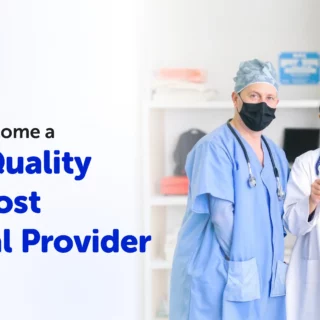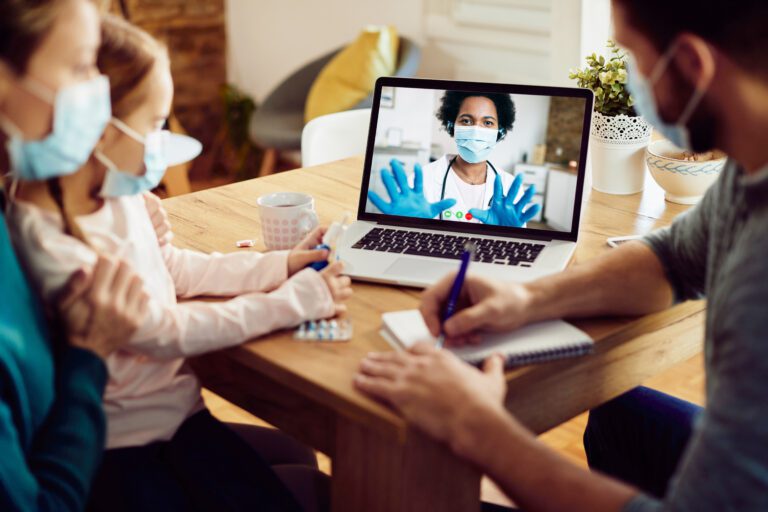

In an era where healthcare can often seem impersonal and remote, telemonitoring is revolutionizing Medicaid care in Texas by connecting patients to their providers. Imagine receiving personalized support right from the comfort of your home—whether managing chronic conditions or simply keeping track of your health metrics.
This innovative approach empowers individuals with tools that foster independence and build a stronger sense of community among those who share similar journeys. As we delve into how this technology is reshaping lives across Texas, you’ll discover how it’s creating a more inclusive and compassionate healthcare landscape that truly understands our needs and aspirations.
Envision a healthcare system as accessible as your most-used app—this is the promise that telemonitoring brings to Medicaid care in Texas, enhancing patient access and care delivery. Through technology, RPM allows providers to monitor patients’ health remotely, offering a reassuring and effective safety net. For many Medicaid recipients, this means no more long trips or waits for vital health updates. Real-time data sharing strengthens patient-provider connections, creating a sense of community for those who often feel isolated. RPM goes beyond technology, fostering meaningful connections and enhancing lives, while highlighting Medicaid’s crucial role in ensuring access to essential healthcare services across Texas.

Medicaid in Texas serves as a crucial safeguard for many vulnerable individuals and families, providing essential support in challenging circumstances. This program plays a vital role in ensuring that those who need healthcare support can access essential services without the overwhelming burden of financial strain.
Given that millions rely on Medicaid, understanding its significance becomes crucial, especially as RPM technology emerges to enhance care delivery. By leveraging RPM, patients receive timely medical interventions and foster a sense of connection with their providers—addressing both physical health needs and emotional well-being. As these advancements redefine how care is administered, it’s clear that they pave the way toward more comprehensive support systems tailored to meet the unique challenges faced by Medicaid recipients.
Medicaid RPM in Texas was initiated to improve healthcare access and management for patients with chronic conditions. RPM aims to enhance patient outcomes, reduce hospital readmissions, and manage chronic diseases more effectively by allowing healthcare providers to monitor patients’ health data remotely.
Texas began covering RPM services under Medicaid in response to the growing need for remote healthcare solutions, particularly highlighted during the COVID-19 pandemic. The state officially started reimbursing for RPM services in 2021.
RPM is truly reshaping the landscape of Medicaid care in Texas, and it’s exciting to see how this technology can enhance patient experiences. For many individuals relying on Medicaid, RPM offers an unprecedented level of convenience; they can manage their health from the comfort of home while staying connected to their healthcare providers.
Furthermore, by providing real-time data to doctors, RPM fosters a sense of belonging and assurance for patients who might otherwise feel isolated in managing chronic conditions. As we explore these benefits further, it’s clear that RPM improves access to care and encourages proactive engagement in one’s health journey—something everyone craves.


Implementing RPM in Texas Medicaid care offers its own set of challenges, but with a little creativity and collaboration, solutions are emerging. For instance, many patients may struggle with technology or lack access to reliable internet connections; however, community health workers can bridge this gap by providing hands-on support and education. Additionally, concerns about data privacy often arise when dealing with sensitive health information.
To address these fears, healthcare providers must prioritize transparency and establish robust security measures to reassure patients and their families. As we navigate these hurdles together, we must recognize how fostering strong relationships between caregivers and patients enhances trust and leads to better health outcomes.
It’s no secret that the future of remote patient monitoring (RPM) in Medicaid is as bright as a Texas summer day—if only we could keep it from being clouded by bureaucratic storms. As technology evolves, healthcare is shifting away from traditional waiting rooms and impersonal interactions, becoming more personalized and accessible from the comfort of one’s home. Innovations such as wearables and telehealth platforms are gaining traction, allowing patients to connect with their healthcare providers without the need for hospital visits. This transformation enhances the efficiency and accessibility of care, moving beyond outdated practices.
Plus, let’s not forget how RPM fosters community among patients who might feel isolated—suddenly, everyone’s sharing tips on managing chronic conditions or discussing the latest app updates over virtual meets. Looking ahead, we’ll likely see even greater integration of artificial intelligence into these systems, making personalized care plans smarter and possibly even predicting health issues before they arise—a bit like fortune-telling but with fewer crystal balls involved.
In a healthcare landscape that can often feel disconnected, telemonitoring significantly enhances access to essential care for Medicaid patients in Texas. By addressing gaps and overcoming challenges, we are not only improving lives but also redefining healthcare accessibility, ensuring that every individual receives the attention and care they deserve.


Judah Coody is the Marketing Director at Health Wealth Safe. He is a marketing graduate from Louisiana Tech University. Judah is experienced in project management and marketing analytics tools.
View all postsBecome a Partner
Join HWS
Support
Portals